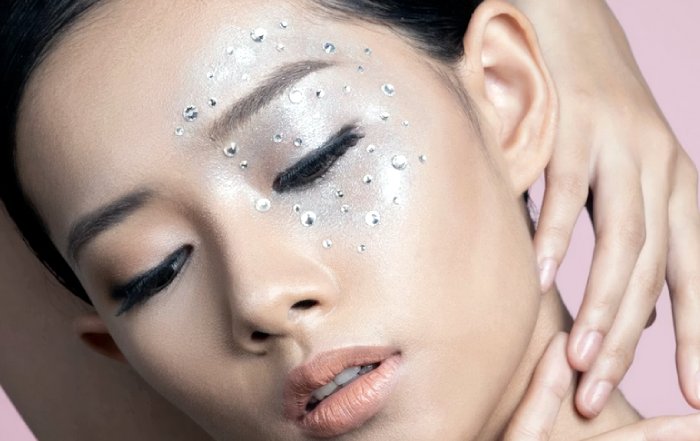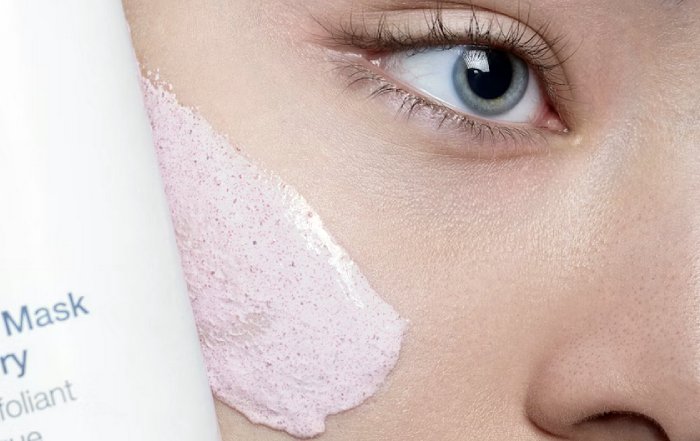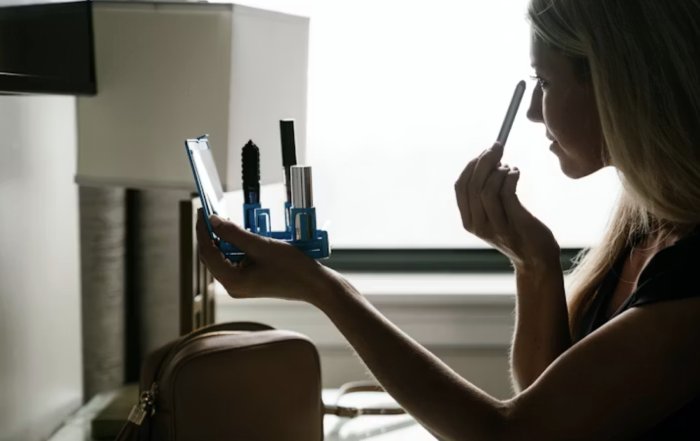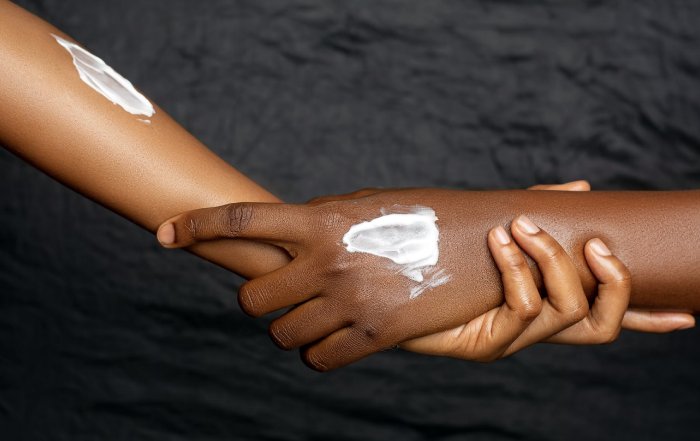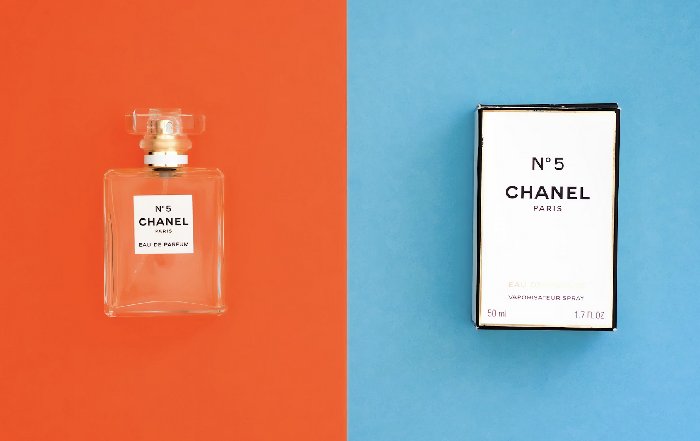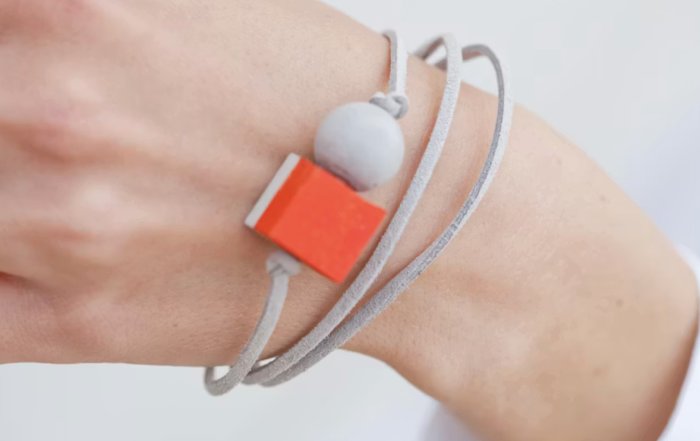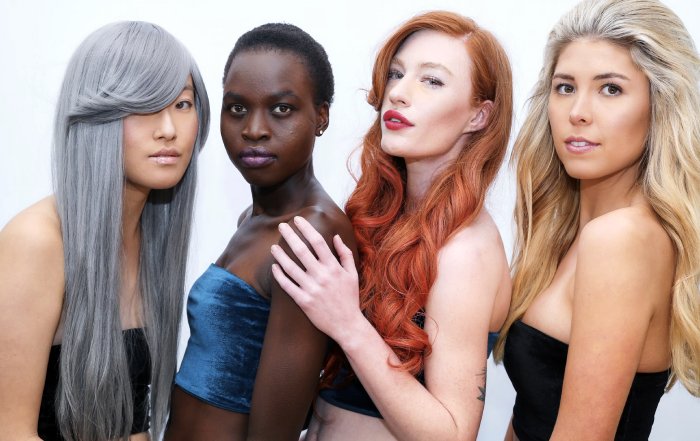The Influence of Asian Beauty on Worldwide Skincare in 2025
Introduction: How Asian Beauty Reframed Global Skincare
By 2025, Asian beauty has moved from niche fascination to central reference point for the global skincare industry, reshaping how consumers, brands and investors in the United States, Europe, and across Asia think about skin health, product innovation, and beauty culture. What began as curiosity around Korean "glass skin" routines and Japanese minimalist regimens has evolved into a structural shift in the way skincare is researched, formulated, marketed, and experienced worldwide, transforming both mass and prestige segments from New York and London to Seoul, Tokyo, Shanghai, Singapore and beyond.
For BeautyTipa and its global audience, this transformation is not simply about trends; it is about understanding a new standard of expertise, ritual, and technology that now underpins modern beauty. Readers exploring beauty and aesthetics increasingly encounter concepts, ingredients, and formats originating in Asia, and these influences are now embedded in everyday routines from Los Angeles to Berlin and from Sydney to São Paulo.
Historical Roots: From Traditional Rituals to Modern Science
Asian beauty's global influence is grounded in a long tradition of skin rituals that predate the modern cosmetics industry by centuries. In Japan, the philosophy of "hada no bunka"-the culture of skin-has historically emphasized clarity, hydration, and refinement, with practices such as double cleansing and lotion layering rooted in daily life rather than occasional indulgence. In Korea, the focus on prevention and long-term skin health evolved through generations of herbal preparations, facial massage, and sun protection, eventually forming the basis of what the world now recognizes as K-beauty.
These traditions intersected with the rapid post-war economic and technological development of countries such as Japan and South Korea, allowing local companies to build advanced R&D capabilities and modern manufacturing infrastructure. Organizations like Shiseido, founded in the 19th century, and later innovators such as Amorepacific, invested heavily in dermatological research, biochemistry, and sensory science, building a foundation that would later support the global expansion of Asian skincare. Those historical investments now resonate across international markets, where consumers and professionals alike look to Asia for inspiration on how to design effective, pleasurable routines, as explored in BeautyTipa's coverage of skincare fundamentals.
The Rise of K-Beauty and J-Beauty as Global Catalysts
The worldwide acceleration of Asian beauty influence is often traced to the explosive rise of K-beauty in the early 2010s, when multi-step routines, sheet masks, and cushion foundations captivated consumers in North America and Europe. Korean brands leveraged digital-first marketing, pop culture, and cross-border e-commerce to reach young, highly connected audiences, while retailers and media outlets amplified interest in "10-step routines" and "glass skin" as aspirational goals.
J-beauty, with its more minimalist and methodical approach, followed as a counterbalance, emphasizing fewer steps, high-performing actives, meticulous texture, and long-term skin resilience. Japanese brands underscored scientific rigor and understated luxury, offering an appealing narrative for professionals and consumers who wanted efficiency without sacrificing results. Global beauty conglomerates took note, and companies such as L'Oréal, Estée Lauder, and Unilever began acquiring or partnering with Asian brands, integrating their technologies and philosophies into Western product portfolios.
Industry analyses from organizations like the Korea Trade-Investment Promotion Agency and Japan External Trade Organization show that exports of Korean and Japanese beauty products to the United States, United Kingdom, Germany, France, and other leading markets have grown steadily throughout the 2010s and early 2020s, outpacing many traditional Western competitors in specific skincare categories. This commercial expansion has given Asian beauty a permanent seat at the table in global product development and strategic planning.
Ingredient Innovation: From Traditional Botanicals to Biotech Actives
One of the most visible ways Asian beauty has influenced global skincare is through its distinctive ingredient philosophy, which combines traditional botanicals with advanced biotechnology. Consumers in the United States, United Kingdom, Canada, Australia, and across Europe now recognize and seek out ingredients that were once considered niche or region-specific, such as centella asiatica, green tea, mugwort, ginseng, fermented rice, and snail mucin.
Korean and Japanese research institutions, often in collaboration with universities and dermatological associations, have explored the anti-inflammatory, antioxidant, and barrier-supporting properties of these ingredients, translating traditional knowledge into standardized extracts and clinically tested formulations. Reports from organizations such as the International Federation of Societies of Cosmetic Chemists highlight how Asian labs have pioneered encapsulation technologies, delivery systems, and fermentation processes that enhance bioavailability and stability, enabling gentle yet potent products suitable for sensitive skin.
The focus on skin barrier health, hydration, and microbiome balance, now central themes in global skincare discourse, owes much to these innovations. Brands worldwide have adopted ceramide-rich emulsions, lightweight hydrating toners, and probiotic-inspired formulations that echo frameworks originally popularized in Asia. For readers of BeautyTipa who are refining their daily skincare routines, this ingredient-led approach encourages building regimens around soothing, reparative, and protective layers rather than aggressive, one-step solutions.
Ritual, Experience, and the Multi-Step Mindset
Beyond ingredients, Asian beauty has reshaped the way consumers think about the structure and purpose of skincare routines. The idea that skincare is a daily ritual of self-care, rather than a quick functional task, has become deeply embedded in global consumer behavior, from early-morning routines in London and Paris to evening rituals in New York, Toronto, and Singapore.
The concept of layering-starting with gentle cleansing, then hydrating toners, essences, serums, emulsions, and occlusive creams-originated from Japanese and Korean practices that prioritize gradual, cumulative nourishment. This multi-step mindset has been adapted worldwide, not always in its original 10-step form, but as a flexible framework that allows personalization according to climate, lifestyle, and skin concerns.
Media coverage by outlets such as Vogue, Allure, and the British Association of Dermatologists has helped translate these routines for Western audiences, while dermatologists have increasingly acknowledged that consistent, layered hydration can support barrier function and reduce irritation from actives like retinoids and exfoliating acids. On BeautyTipa, readers exploring guides and tips now frequently encounter adapted Asian-inspired routines that blend local preferences with proven layering strategies, demonstrating how ritual and efficacy can coexist in a modern, time-conscious lifestyle.
Technology and Beauty: Devices, Personalization, and Data
Asian markets have also played a pivotal role in merging technology and beauty, a trend that has accelerated significantly by 2025. In South Korea, Japan, China, and Singapore, consumers have long been early adopters of beauty devices, diagnostic tools, and app-connected services, setting expectations for personalization and measurable results that are now being echoed globally.
From LED masks and ultrasonic cleansing devices to smart mirrors and AI-powered skin analysis, many of the technologies now seen in homes and clinics worldwide were either developed or first widely tested in Asian markets. Companies such as LG Household & Health Care and Panasonic have invested in hardware that integrates with mobile apps, while major platforms in China and South Korea use AI-driven recommendations to match consumers with products based on skin imaging and behavioral data.
Global beauty and tech companies are following this lead, integrating skin diagnostics and personalization engines into e-commerce platforms and retail experiences. Reports from McKinsey & Company and the World Economic Forum note that Asia-Pacific remains at the forefront of digital beauty adoption, influencing how brands in North America and Europe design omnichannel strategies and data-driven product development. BeautyTipa's focus on beauty technology reflects this convergence, as readers increasingly expect smart tools, evidence-based claims, and tailored recommendations as standard components of modern skincare.
The Business of Asian Beauty: Investment, M&A, and Global Strategy
The commercial impact of Asian beauty is now a structural feature of the global skincare market. Investors across the United States, Europe, and Asia closely track the performance of Korean, Japanese, and Chinese beauty brands, viewing them as innovation engines and strategic acquisition targets. Global conglomerates continue to expand their presence in Seoul, Tokyo, Shanghai, and Singapore, establishing regional R&D hubs and incubators to stay close to emerging trends and consumer insights.
Mergers and acquisitions over the past decade have seen Western corporations acquire or partner with Asian brands to gain access to proprietary technologies, formulations, and regional distribution networks. At the same time, Asian companies are increasingly investing abroad, acquiring niche brands in Europe and North America or establishing direct-to-consumer channels that serve international audiences. Industry data from Euromonitor International and the GlobalData research platform underscore how Asia-Pacific has become both a growth engine and a trendsetter, influencing strategic decisions across the global beauty value chain.
For business-focused readers of BeautyTipa, the business and finance section provides context on how these capital flows, partnerships, and market entries shape product availability, pricing strategies, and brand positioning in markets from the United States and United Kingdom to Germany, France, Italy, Spain, and the broader European and Asia-Pacific regions.
Cultural Soft Power: K-Pop, J-Drama, and Asian Beauty Ideals
The influence of Asian beauty cannot be separated from the broader cultural soft power of Asia, particularly from South Korea and Japan. The global popularity of K-pop, K-dramas, anime, and J-dramas has given international audiences continuous exposure to Asian beauty aesthetics, from luminous skin and gradient lips to understated, natural-looking makeup that enhances rather than masks.
Global streaming platforms and social media have amplified this visibility, with artists and actors from groups like BTS, BLACKPINK, and leading Japanese and Korean drama stars becoming de facto beauty ambassadors. Their skincare routines, product endorsements, and visual styles frequently circulate on platforms such as Instagram, TikTok, and YouTube, influencing consumer preferences far beyond their home countries.
Cultural analysts and organizations like the Korea Foundation have documented how this "Hallyu" or Korean Wave extends into beauty tourism, with consumers from the United States, Europe, the Middle East, and Southeast Asia traveling to Seoul for skincare treatments, shopping, and aesthetic procedures. The result is a feedback loop in which cultural content drives interest in beauty, which in turn reinforces the desirability of Asian products and practices. BeautyTipa's coverage of trends reflects how these cultural influences manifest not only in product choices but also in broader attitudes toward self-expression, gender norms, and beauty standards.
Diversity of Markets: Beyond Korea and Japan
While K-beauty and J-beauty receive much of the global attention, the broader Asian region contributes a rich diversity of skincare traditions and innovations. In China, a rapidly growing domestic beauty market has fostered the rise of local brands that blend traditional Chinese medicine with modern dermatology, emphasizing herbs such as astragalus, licorice root, and peony. In Southeast Asia, countries like Thailand, Malaysia, and Singapore have nurtured brands that address tropical climates, pollution, and melanin-rich skin tones, while India's Ayurvedic heritage informs formulations that appeal to consumers worldwide seeking plant-based, holistic approaches.
Reports from the Asian Development Bank note that rising incomes and urbanization across Asia are driving demand for premium skincare, sun protection, and anti-pollution products, encouraging local companies to innovate and export. This diversification challenges the idea of a single "Asian beauty" model and emphasizes the importance of regional specificity in ingredients, textures, and claims.
For global readers of BeautyTipa, especially those exploring international perspectives, this means that the future of skincare will be shaped by a mosaic of regional approaches-from the minimalist routines favored in parts of Japan and Scandinavia to the elaborate, sensorial regimens popular in Korea, China, and parts of Southeast Asia-each adapted to local climates, cultural preferences, and regulatory environments.
Wellness, Holistic Care, and the Inside-Out Approach
Another key dimension of Asian beauty's influence is the integration of skincare with broader concepts of wellness and holistic health. Traditional systems such as Japanese Kampo, Korean Hanbang, Ayurveda, and traditional Chinese medicine have long emphasized the connection between internal balance and external appearance, linking diet, sleep, stress management, and circulation to skin condition.
This perspective has increasingly shaped global discourse around "inside-out" beauty, where topical skincare is complemented by nutrition, supplements, and lifestyle practices. Organizations such as the World Health Organization and the Harvard T.H. Chan School of Public Health have highlighted the interplay between diet, environmental stressors, and chronic inflammation, reinforcing the scientific basis for holistic approaches that many Asian traditions have promoted for centuries.
In 2025, global consumers are more receptive than ever to beauty routines that incorporate mindfulness, facial massage, herbal teas, and targeted nutrition, seeing them as integral to long-term skin health rather than optional extras. BeautyTipa's focus on wellness, health and fitness, and food and nutrition reflects this convergence, offering readers a framework in which skincare is part of a wider ecosystem of physical and mental well-being rather than a standalone category.
Sustainability, Ethics, and Responsible Innovation
As the global beauty industry grapples with sustainability challenges, Asian beauty's influence is also visible in the push toward more responsible sourcing, packaging, and manufacturing practices. Brands in Japan, South Korea, and other parts of Asia have begun to prioritize refillable packaging, reduced plastic usage, and eco-certified ingredients, responding to both regulatory pressures and consumer expectations in markets such as the European Union, the United States, and Australia.
Organizations like the Ellen MacArthur Foundation and the United Nations Environment Programme have called for circular economy models and reduced environmental impact in consumer goods, including cosmetics. Many Asian brands are experimenting with water-saving formulations, biodegradable materials, and local sourcing of botanicals, while some are investing in green chemistry and biotech solutions that reduce reliance on resource-intensive ingredients.
For beauty consumers across North America, Europe, Asia, and beyond, these developments are changing purchasing criteria, with transparency and environmental responsibility now seen as core components of brand trust. BeautyTipa engages with these themes in its coverage of brands and products, helping readers evaluate not only performance and aesthetics but also ethical and environmental implications, particularly as regulatory frameworks tighten in regions such as the European Union and the United Kingdom.
Employment, Skills, and Career Opportunities in Asian-Influenced Beauty
The global expansion of Asian beauty has also created new career paths and skill requirements across the beauty value chain, from product development and regulatory affairs to retail, marketing, and digital content creation. Professionals with expertise in Asian markets, ingredients, and cultural nuances are increasingly sought after by multinational companies headquartered in the United States, Europe, and Asia-Pacific.
Demand for cosmetic chemists familiar with Asian formulations, marketing specialists who understand K-beauty and J-beauty storytelling, and retail professionals trained in multi-step routine consultation has grown across cities such as New York, London, Paris, Berlin, Toronto, Sydney, Singapore, and Dubai. Educational institutions and professional organizations, including the Society of Cosmetic Chemists, have expanded training programs to address these opportunities, emphasizing cross-cultural literacy and regulatory knowledge.
Readers of BeautyTipa exploring jobs and employment in the beauty sector can see how Asian beauty's rise has reshaped the talent landscape, making linguistic skills, regional market understanding, and digital fluency valuable assets for career growth in both established corporations and emerging indie brands.
The Future of Global Skincare: Convergence and Co-Creation
By 2025, the influence of Asian beauty on worldwide skincare is no longer a one-directional flow of ideas from East to West but a dynamic process of convergence and co-creation. Western dermatological research, European regulatory rigor, North American marketing innovation, and Asian technological leadership are increasingly intertwined, producing hybrid products and routines that reflect the best of multiple traditions.
Consumers in Germany, France, the United States, Canada, the United Kingdom, South Korea, Japan, China, and beyond are now accustomed to mixing K-beauty essences with European serums, Japanese sunscreens with American retinoids, and Southeast Asian botanicals with Scandinavian minimalist routines. This cross-pollination is supported by global e-commerce, social media communities, and a more educated consumer base that values transparency, science, and cultural diversity.
For BeautyTipa, whose readers span continents and interests-from makeup artistry and fashion to skincare science and wellness lifestyles-the task in 2025 is to help navigate this increasingly sophisticated landscape. That means explaining not only which products work, but why they work, where they come from, and how they fit into individual routines shaped by culture, climate, and personal values.
As Asian beauty continues to influence worldwide skincare, the industry is moving toward a more inclusive, evidence-based, and experience-driven model, where trust is built through clarity, long-term performance, and respect for the diverse traditions that have shaped modern beauty. In this evolving environment, BeautyTipa serves as a bridge between regions and perspectives, offering its global audience the insight needed to make informed decisions and to design routines that honor both the science and the artistry of skincare in a truly international era.

